Have you been looking to get something new for your chicken coop? How about a blue egg-layer chicken? The Prairie Blue Egger chicken is a new but very popular breed. They’re great for any chicken flock because they could lay around 280 big blue eggs each year.
People love buying these unique colored eggs, so these chickens can help you make some money. Also, Prairie Bluebell Eggers are usually very friendly and come in different colors, making them even more likable.
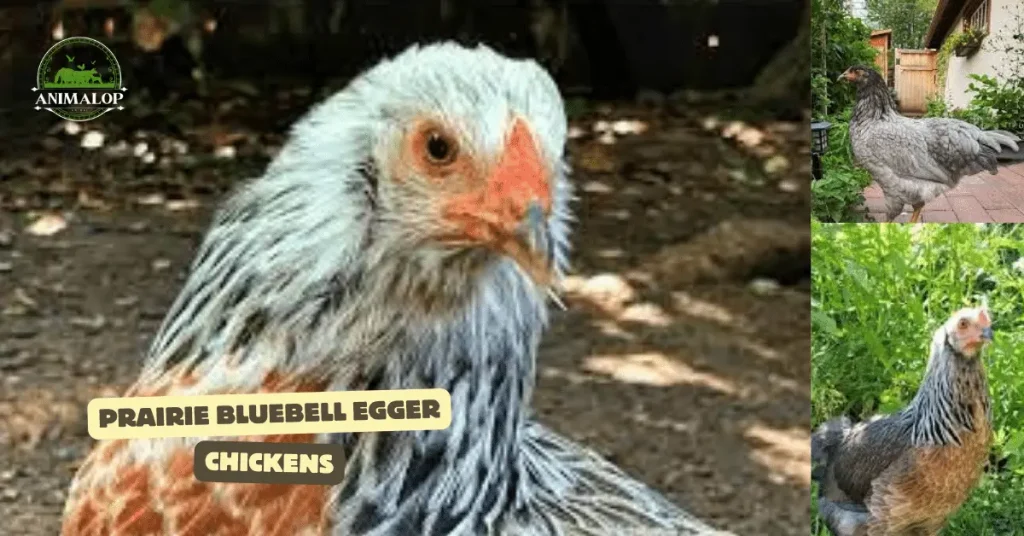
I’m going to share the detailed breed profile of the Prairie Bluebell Egger. But before getting into it, do check out the Ameraucana chicken breed that shares the same traits as of Prairie Bluebell Egger.
Prairie Bluebell Egger: Quick Breed Profile
History
Hoover’s Hatchery says that Prairie Bluebell Egger chickens come from mixing White Leghorn and Araucanas chickens.
The first chicken that laid blue eggs was found in South America in the early 1900s. This resulted in the production of the Araucanas breed. Hoover Hatchery started selling Prairie Bluebell Chickens in 2019.
I have also written a whole article on Cuckoo Marans known to be a blue egg-layer chicken that I encourage you to read today.
Every first-generation (F1) Prairie Bluebell Chicken has at least one gene for laying blue eggs. In the second generation (F2), about 25% of the chickens might have two genes for blue eggs.
To get the best chances of blue eggs, use roosters with two blue egg genes when breeding with your hens. There’s a 25% chance the baby hens will lay white eggs instead, but that’s just part of the mix when you’re crossbreeding.
Prairie Bluebell Egger Facts
Prairie Bluebell Egger chickens are a hybrid breed, created by crossing an Araucana rooster with a White Leghorn hen, specifically bred for laying a large number of blue eggs.
They start laying eggs at about 5 months old and can lay around 240 to 280 blue eggs per year.
These chickens are known for their friendly personalities with different patterns and colors, including splash, partridge, blues, and blacks making each bird unique.
They are small to medium in size, weighing about 4-5 pounds when fully grown, and are not typically raised for meat due to their smaller size.
Prairie Bluebell Egger chickens are hardy and disease-resistant, thanks to the strong genetics of their parent breeds, but they do best in clean environments with plenty of space to roam and forage.
Appearance
These chickens don’t have a standard look because they are a mix, not a pure breed. Various patterns and colors make them attractive and unique.
You’ll see a lot of blues, splash, partridge, and black colors. Less common are grey, light smoke, gold, and frosted white colors.
All of them have a pea comb. Some feature fluffy faces as of their Araucana dads, and some come with smooth faces as of their White Leghorn moms. Because they’re mixed with Leghorns, they are small and delicate.
They look similar in shape, with small bodies and tall, fan-like tails. They’re very quick and can often fly well. Some might have fluffy cheeks, but that’s rare now. They have small heads with rose combs.
Their colors can be as varied as a rainbow! Whether it’s black or gray, gold or silver laced, each one is unique!
You can’t always guess what color the chicks will be, and that’s what makes raising them so much fun! They often have intricate patterns and lacing on their feathers. Most will have white ear lobes, which means they’ll probably lay blue eggs.
Temperament And Behavior
These chickens love to roam around freely but they also love hanging out with people like Speckled Sussex chickens do.
They have some of the best traits from White Leghorns and Araucanas both. Prairie Bluebell Egger chickens are great for beginners because they’re easygoing and do well in most weather.
However, they do need protection from very hot or very cold weather, so make sure to keep an eye on them when the weather suddenly changes.
They can handle being in a pen for a bit, but they’re happiest when they have lots of space to explore. A fence or a cover will keep them in your pen. A seven-foot fence might work, but we recommend eight feet for these quick little birds.
If a couple of them manage to get out, don’t stress; they usually come back at night because they prefer their coop and their chicken friends sleeping in a tree.
Egg Laying
These chickens lay around 240 to 280 blue eggs a year, about five eggs weekly.
Most of them start laying eggs when they’re about five months old. We think they’ll keep laying eggs for a few years because of the types of chickens they come from, but we’re not totally sure since this mix has only been around since 2019.
Hoover Hatchery, the place that makes these chickens, guesses they’ll lay about 500 eggs in their whole life.
Most of the time, Prairie Bluebells don’t get the urge to sit on their eggs to hatch them. And since they’re a mix, not a pure breed, their chicks won’t always look like them.

For more Bluebells, there’s a chance you’ll ought to get them from the hatchery or mix a White Leghorn hen with an Araucana rooster again.
So, if you’re interested in trying different egg colors, you could breed your Prairie Bluebell hens with a Maran rooster (French Black Copper Marans are probably the best choice).
The chicks from this mix will lay really green eggs, in shades like olive, sage, or pistachio. These will be some of the greenest eggs you can find.
Meat Production
These little chickens weigh around four or five pounds when they’re fully grown. They’re a normal size but on the smaller end of what’s considered normal. Because they’re small, they’re not good for raising for meat.
They’re really not meant for both laying eggs and meat. They’re best at laying blue eggs and being friendly pets.
Health Concerns
These mixed-breed chickens are tough against most chicken sicknesses because they come from strong parent breeds. Like all chickens, they do best when their living area is clean, they’re not stressed, there’s always food available, and their water is clean and fresh.
They’re happier and healthier if they can wander outside for a few hours each day.
If you can’t let them roam freely, make sure they have a big enough space to move around in without too many chickens packed in.
Breeding
It’s pretty rare, but sometimes Prairie Bluebell Egger hens might want to hatch eggs and become moms. This doesn’t happen often, but it can. If you let them hatch eggs, don’t expect baby Prairie Bluebell Eggers. Since they’re a mix, the chicks could end up looking more like one of the parent breeds, either an Araucana or a Leghorn.
But, you’ll still end up with a chicken that lays a lot of eggs. A grown-up Prairie Bluebell Egger lays about 280 big blue eggs a year and keeps it up until they’re about 2 or 3 years old. For comparison, an Araucana lays up to 260 eggs a year, and Leghorns can lay up to 300 eggs a year.
Prairie Bluebell Eggers began to lay eggs a little later than some other chickens when aged about 6 months. But with good care and cozy places to nest, they might begin to lay eggs as early as 18 weeks old.
Feeding
Since Prairie Bluebell Eggers are a bit smaller (about 4-5 pounds when fully grown), they don’t eat as much as bigger chickens. But feeding them is pretty much the same as other chickens. Ensure your chicks are fed a high-quality starter feed with at least 20% protein. Approximately six weeks after birth, switch to a feed containing 16-18% protein.
Like Cinnamon queen chickens, when Prairie Bluebell Eggers get to the age of 18-20 weeks, you could switch to an adult feed that has 16% protein. Even though good chicken feed has everything they need, they’ll enjoy eating more than just their feed. Let them look for bugs, seeds, and other snacks when they’re out roaming. Every now and then, fresh veggies and fruits could be fed to them as a treat.
Prairie Bluebell Egger Roosters
Wondering about having 8-10 hens in your backyard? Want to hatch some eggs? You might want to get a Prairie Bluebell Egger rooster.
They might not look as fancy as some other chicken breeds, but they’re really good at looking after the hens. These roosters are usually not mean to people or other chickens, but they’ll stand up to predators if they have to.
Do Prairie Bluebell Egger Chickens Get Broody?
Prairie Bluebell Egger chickens lay lots of eggs and are active and easy to get along with. They’re good at finding their own food and can fly well. They start laying eggs when they’re about 5 months old and usually don’t get broody, meaning they don’t often want to sit on their eggs to hatch them.
FAQs
Final Thoughts
Even though the Prairie Blue Egger chicken is pretty new, it’s become very popular fast. These chickens are a great choice for your chicken group because they can lay up to 280 big blue eggs every year. Selling these unique colored eggs can make you some money.
Also, Prairie Bluebell Eggers are known for their great personalities and come in many colors. There’s a lot to like about them!

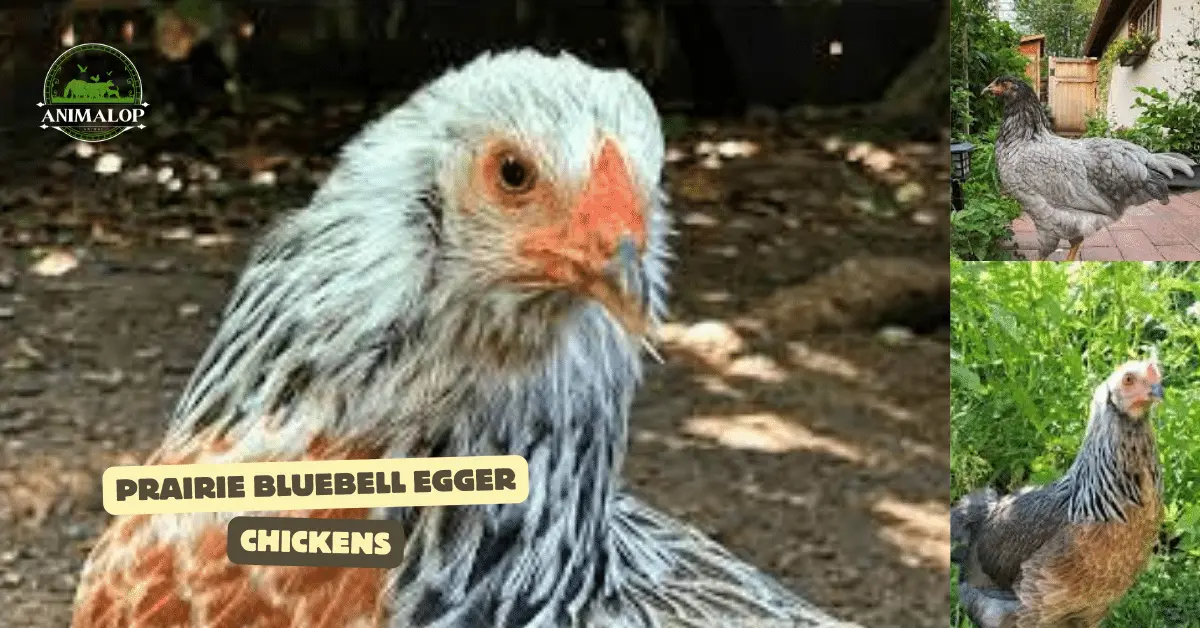
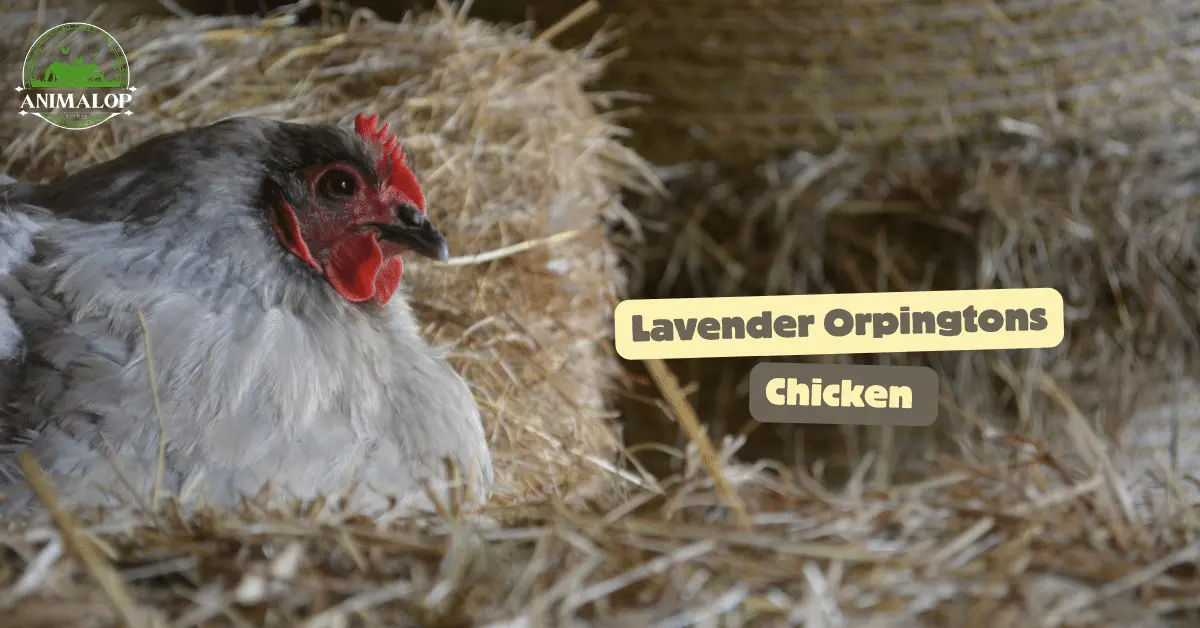
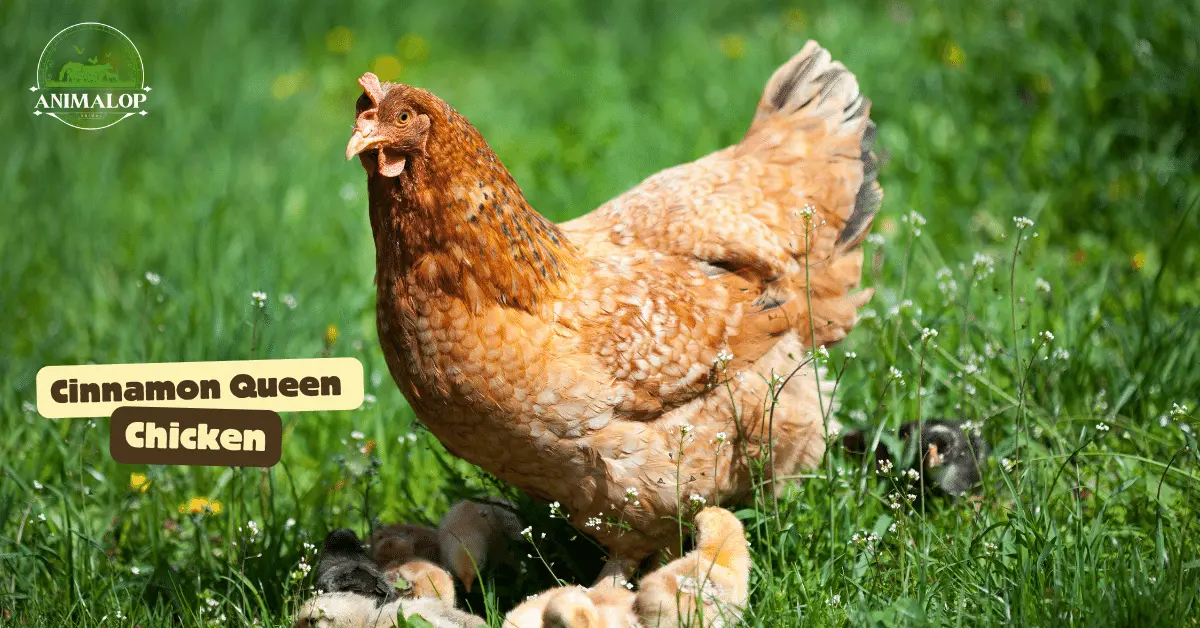
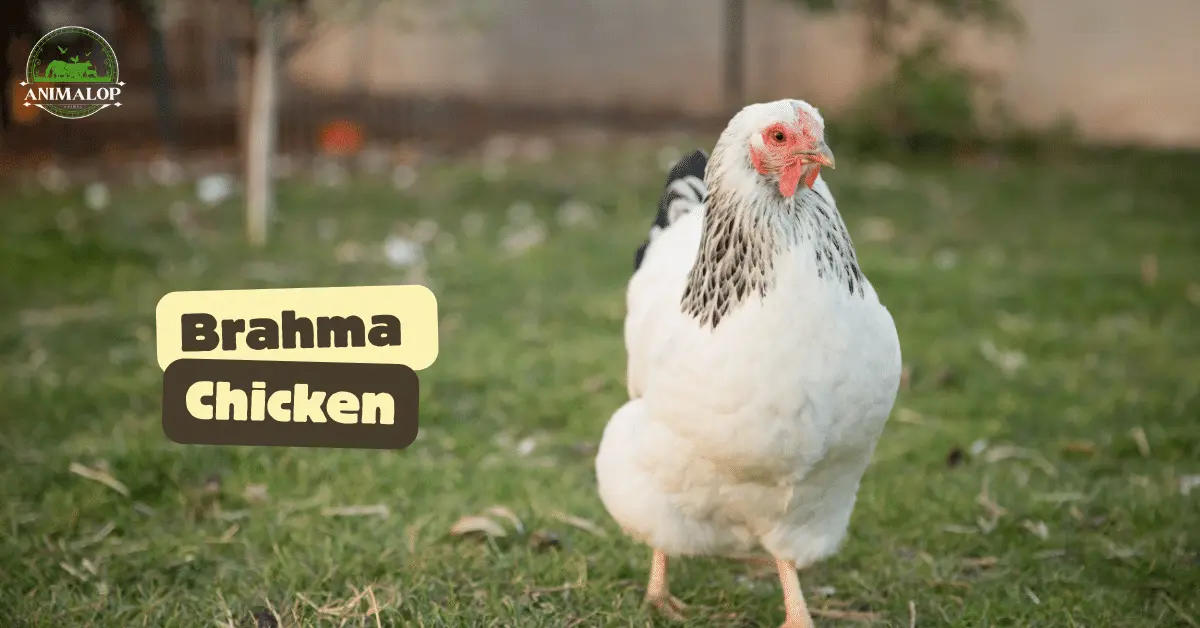
One Comment on “Prairie Bluebell Egger Breed Guide 2024: A Friendly Tempered Chicken”